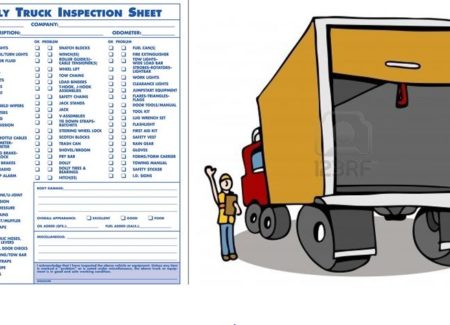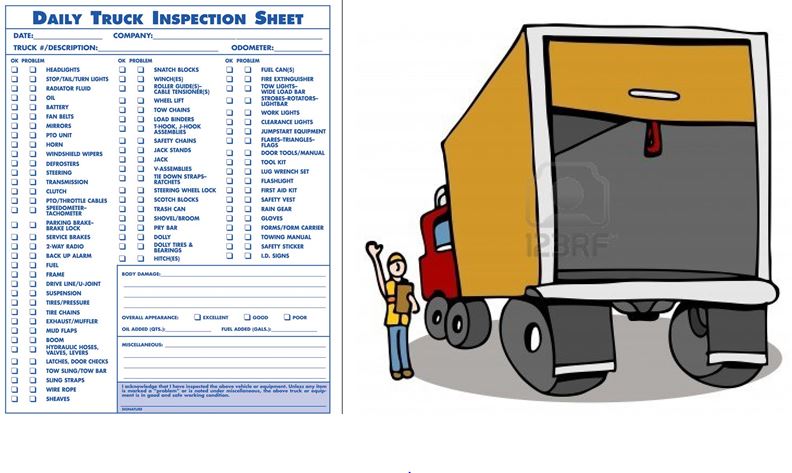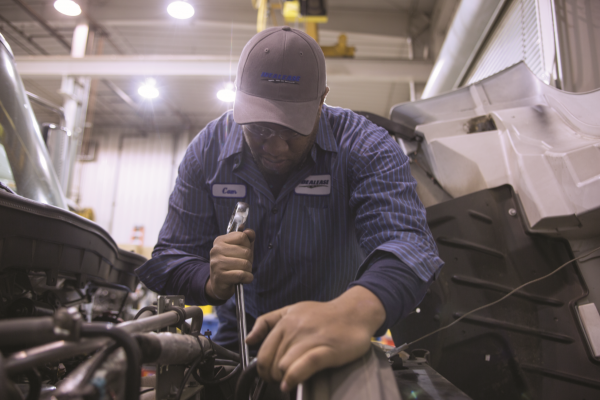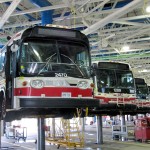
Establishing safety and risk management policies and programs for the vehicles in your fleet is another way to protect your company’s financial investments.
While employee-related safety training involves instruction in safe operation, vehicle-specific safety policies primarily surround making sure that the car or truck is road-safe.
Fleet managers should develop and implement extensive maintenance and inspection schedules for each fleet vehicle. These guidelines should be regularly documented and updated as necessary
Therefore, having an established maintenance program for your fleet is an excellent way to manage risks, ensure safety, and minimize spending. The topic of maintenance as a whole can generally be broken down into three primary categories, regardless of the type of fleet vehicle or company.
Preventive Maintenance (PM)
 It is much like preventive medicine, this type of maintenance focuses on maintaining the overall “health” of the vehicle while keeping an eye out for any potential problems developing.
It is much like preventive medicine, this type of maintenance focuses on maintaining the overall “health” of the vehicle while keeping an eye out for any potential problems developing.
“Most of the work in getting started on a PM plan is figuring out where your vehicles stand in their state of maintenance…The last chunk of the plan is practicing ongoing PM – a process that will save your fleet money over the long run.”
Examples of preventive maintenance include tyre tread and tyre pressure checks on a weekly basis, and employee awareness and reporting of any sounds, lights, or gauges that may indicate an issue.
Routine Maintenance
It is similar to preventive maintenance. This type focuses on work that necessarily occurs on a regular basis for every type of vehicle. These services include oil changes, tyre rotations, engine fluid checks, engine cleanings, and more. The frequency at which these services must be performed is dependent on the type of vehicle and its travel schedule.
While consistent preventive and routine maintenance is crucial to keeping your fleet up and running smoothly, it is important to remember that there is such a thing as too much maintenance. If, for example, unnecessary engine work is being done on a truck, the company is losing money in the service itself and in lost on-the-road time. “Vehicle servicing is a compromise between inadequate attention, resulting in progressive deterioration in condition and the ensuring serious consequences, and too much attention, which is costly and unnecessary.
Emergency Maintenance
As its name suggests, emergency maintenance is unscheduled and generally cannot be planned or anticipated. Ideally, with an excellent preventive and routine maintenance policy, a company can avoid any major emergency maintenance issues.
However, certain scenarios, such as tyre blowouts caused by objects on the road, cannot be foreseen or prevented. For that reason, your company should have an established mechanic (in-house or not) as well as a plan for how to arrange transportation of fleet vehicles in the case of a breakdown while on-the-road.
You can’t predict when a vehicle incident will occur, but one of the best ways to plan for unexpected emergency maintenance is by investing in a comprehensive fleet roadside assistance program. It is important to pick a roadside assistance program that has options to make your coverage customizable to the exact specifications of your fleet and that the coverage is available wherever your fleet travels.
….Haulage Report Now









